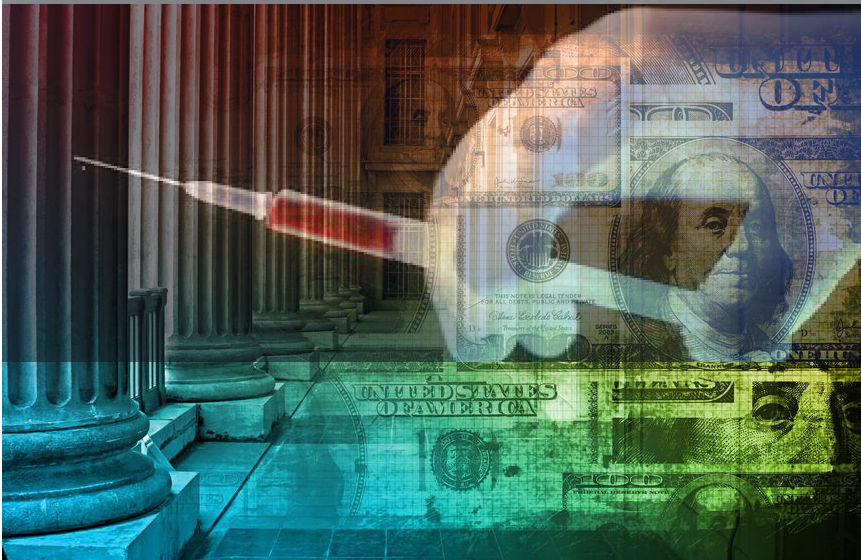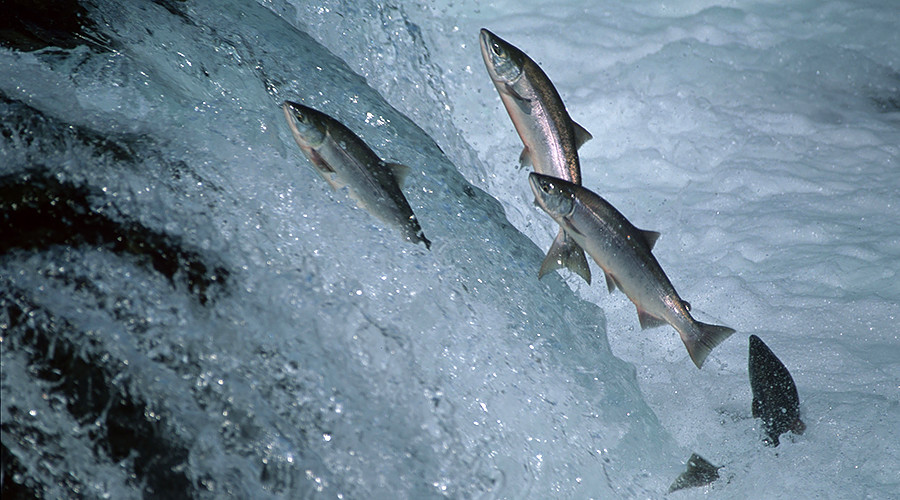Delphine Allaire, August 28, 2017
Polish bishops cast a vote on Wednesday, 23 August, in favor of a
complete ban on working on Sundays. In this fervently Catholic country
legislation on Sunday work is relatively liberal.
Here is an overview of the
European countries where Sunday is no longer an institutionalized rest
day, despite regular pleas from religious communities.
“Catholics, non-Catholics, and atheists all need to have Sundays
off," stated Stanislaw Gadecki, archbishop of Pozna (north-west Poland)
and president of Poland’s Bishops’ Conference.
Even with the support of the independent Polish trade
union Solidarnosc, the Polish Church hasn’t managed to instate a blanket
ban on Sunday work. In this mostly Catholic country, people are allowed
to work on Sundays and public holidays.
The country’s conservative government is in favor of a ban but seems
to be taking its time bringing about reforms, stating that it will
address the issue in the autumn.
Religious and social interests united
Keen to avoid basing their whole position on religious arguments,
Polish bishops also defend Sunday rest days by arguing for “quality of
life”. “Families don’t just need financial support, they also need free
time," said Wiktor Skworc, archbishop of Katowice (south-west Poland).
Legislation governing working on Sundays is constantly changing.
However, across the rest of Europe, the main model remains a general ban
with a range of exceptions. Christian leaders regularly reiterate the
religious and social importance of this rest day.
Countries like Austria and Germany remain bastions of Sunday rest.
Article 139 of the German constitution states: “Sundays and the public
holidays recognized by the state remain legally protected as days of
rest from work and of spiritual edification." In Belgium, only three
non-rest Sundays are permitted per year, apart from in tourist cities.
However, in a number of other European countries including the UK,
the Netherlands, Sweden, Norway, Hungary, Romania, the Czech Republic,
Ireland, Italy, and Portugal as well as in the Spanish capital of
Madrid, businesses are open 52 Sundays a year. In the strongly Catholic
countries of Italy, Portugal, and Spain, heated public discussions erupt
regularly.
In 2014, the Spanish bishop Vicente Jiménez called for a “united
effort”, appealing to authorities to resist “economic pressures”
liberalizing opening and working hours.
The Italian Bishops’ Conference has been doing a lot of background
work to protect “workers’ rights to spend time with their families on
Sundays”, supporting the country’s main business association,
Confesercenti.
European and ecumenical support
Pitched at a pan-European scale, the “European Sunday Alliance”, was
created in Brussels in 2011. This unites trade unions, social
organizations, and religious communities, demonstrating the common
ground between social and religious interests.
The Commission of the Bishops’ Conference of the European Community
(COMECE), an affiliate of the Alliance, launched its program “for the
protection of Sundays across Europe”, which was re-launched around the
2014 European elections. They stress the link between workers’ health
and Sunday rest and underline the importance of Sundays for maintaining
“social cohesion”.
The European bishops argue that “a shared day of rest per week allows
families to come together and means that citizens can spend time
participating in cultural, spiritual and social activities".
John Paul II’s 1998 apostolic letter, Dies domini,
reminds us that Sunday rest means we can “withdraw from the sometimes
excessively demanding cycle of earthly tasks in order to renew our
awareness that everything is the work of God".
This movement goes far beyond the Catholic community. Included in the
list of organizations engaged at a European level are the German
Protestant Church, the Anglican Church, the Orthodox Church of Cyprus,
the Greek Orthodox Church’s representative to the European Union and the
Baptist Union of Great Britain. La Croix











